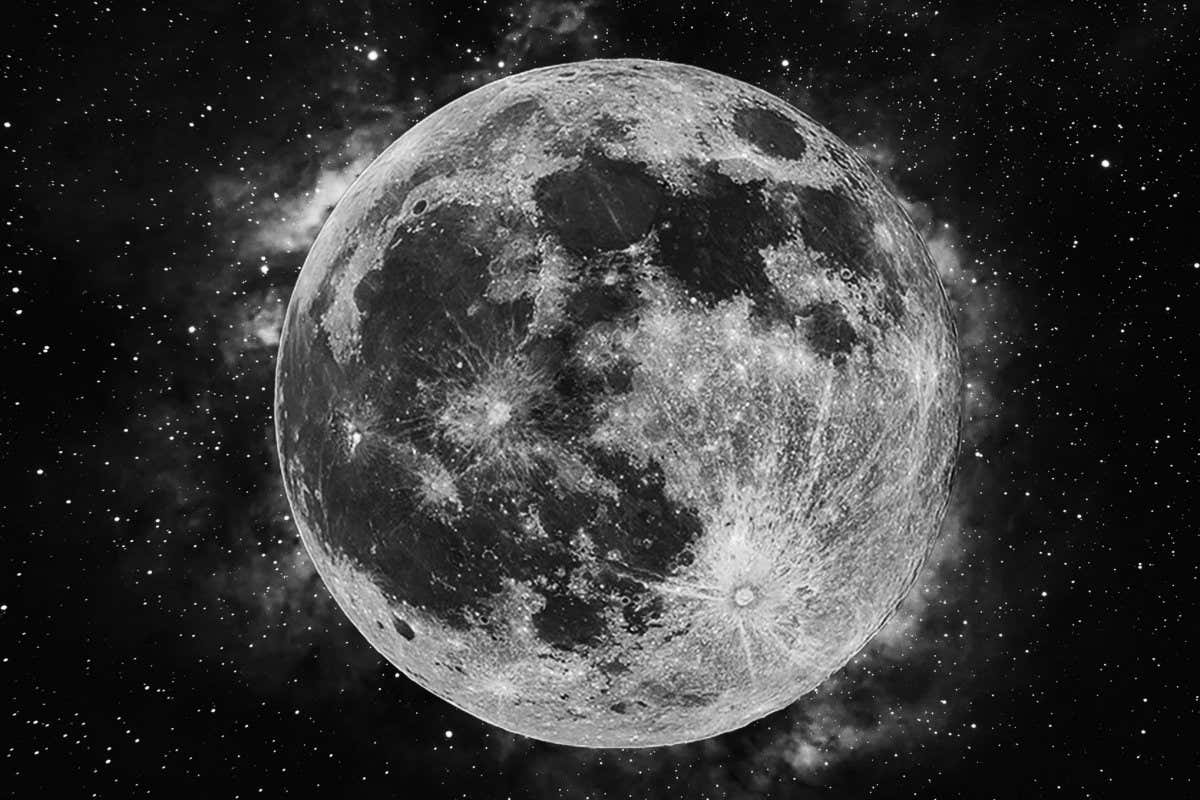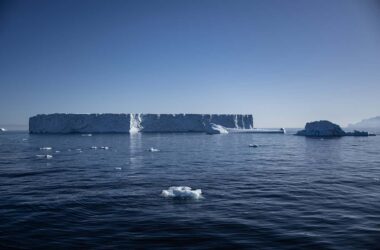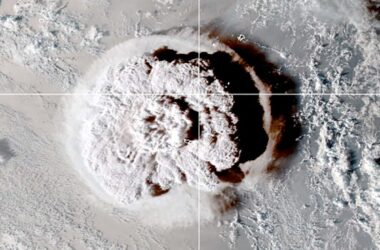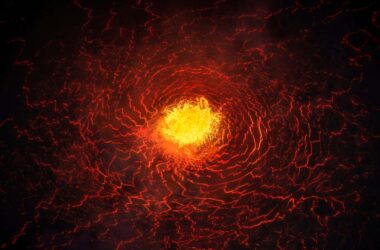A new strategy to combat climate change involves launching a dust cloud from the moon to block sunlight reaching Earth. This approach could potentially reduce global warming, but it requires further research and investigation. The risks associated with this strategy, such as the impact on agriculture, ecosystems, and water quality, are still unclear.
Previous studies have explored the concept of placing over 100 million tonnes of dust between Earth and the sun to partially block light and reduce global warming. These dust particles would absorb or scatter photons, thus shading Earth.
This would require placing the dust approximately 1.5 million kilometres from Earth at the first Lagrange point (L1). However, energy from photons and the solar wind can gradually push the dust away from its desired position, necessitating constant correction.
In a recent study, Benjamin Bromley and his colleagues at the University of Utah used computer simulations to propose an alternative approach. They found that continuously launching a stream of lunar dust directly from the moon’s north pole towards L1 at a speed of 2.8 kilometres per second may be more effective. Simulations suggest that each propelled dust particle spends about five days blocking Earth-bound sunlight before dispersing throughout the solar system.
Considering the gravitational pull of the sun, Earth, and other planets, as well as non-gravitational forces like the solar wind, the simulations showed that maintaining a dust shield with a mass of 1 million tonnes near L1 for a year could dim sunlight across Earth by 1.8 per cent. This is equivalent to completely blocking six days of sunlight.
If implemented indefinitely or until other measures are introduced to remove carbon dioxide from Earth’s atmosphere, this method could offset the increase in carbon dioxide levels since the industrial revolution.
However, the feasibility and overall impact of this approach need to be carefully considered. The use of machinery to launch lunar dust was not included in the simulations, but the idea of using a railgun fueled by solar panels near the launch site has been proposed. It is important to note that shading the entire Earth would have varying effects in different regions, impacting temperature, precipitation, winds, agriculture, ecosystems, and water quality.
Large-scale engineering studies conducted by multiple agencies and with the involvement of the United Nations are necessary before implementing a strategy like this. Additionally, other potential consequences, such as inaccuracies in the launch and scattering of the dust, need to be thoroughly studied.
It is crucial to emphasize that this approach should not replace efforts to reduce carbon emissions on Earth. Decreasing greenhouse gases within our own atmosphere remains a priority, and the dust shield solution would simply buy us more time.
Topics:








